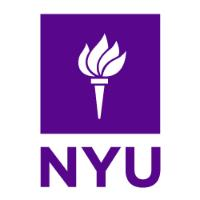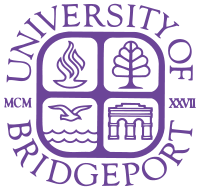What do they do?
Administer oral hygiene care to patients. Assess patient oral hygiene problems or needs and maintain health records. Advise patients on oral health maintenance and disease prevention. May provide advanced care such as providing fluoride treatment or administering topical anesthesia.
Also known as:
Dental Hygienist, Hygienist, Licensed Dental Hygienist, Pediatric Dental Hygienist, Registered Dental Hygienist (RDH)
-
5.8%
Change
Ranks #46 in job growth rate600Job Openings
Ranks #9 in net job growth
-
New York University
New York, NY
-
University of New Haven
West Haven, CT
-
University of Bridgeport
Bridgeport, CT
-
University of Pittsburgh-Pittsburgh Campus
Pittsburgh, PA
-
West Liberty University
West Liberty, WV
Looking for colleges that offer a specific major? Use the College Match Tool to find your best-matched schools and discover your estimated Net Price!
- Doctorate or Professional Degree (3%)
- Master's degree (3%)
- Bachelor's degree (33%)
- Associate's degree (50%)
- Some college, no degree (8%)
- High school diploma equivalent (2%)
- Less than high school diploma (1%)
People in this career often have these skills:
- Active Listening - Giving full attention to what other people are saying, taking time to understand the points being made, asking questions as appropriate, and not interrupting at inappropriate times.
- Speaking - Talking to others to convey information effectively.
- Critical Thinking - Using logic and reasoning to identify the strengths and weaknesses of alternative solutions, conclusions, or approaches to problems.
People in this career often know a lot about:
- Medicine and Dentistry - Knowledge of the information and techniques needed to diagnose and treat human injuries, diseases, and deformities. This includes symptoms, treatment alternatives, drug properties and interactions, and preventive health-care measures.
- Customer and Personal Service - Knowledge of principles and processes for providing customer and personal services. This includes customer needs assessment, meeting quality standards for services, and evaluation of customer satisfaction.
People in this career often have talent in:
- Problem Sensitivity - The ability to tell when something is wrong or is likely to go wrong. It does not involve solving the problem, only recognizing that there is a problem.
- Arm-Hand Steadiness - The ability to keep your hand and arm steady while moving your arm or while holding your arm and hand in one position.
- Finger Dexterity - The ability to make precisely coordinated movements of the fingers of one or both hands to grasp, manipulate, or assemble very small objects.
- Near Vision - The ability to see details at close range (within a few feet of the observer).
- Oral Comprehension - The ability to listen to and understand information and ideas presented through spoken words and sentences.
- Oral Expression - The ability to communicate information and ideas in speaking so others will understand.
People in this career often do these activities:
- Record patient medical histories.
- Examine mouth, teeth, gums, or related facial structures.
- Operate diagnostic or therapeutic medical instruments or equipment.
- Treat dental problems or diseases.
- Provide health and wellness advice to patients, program participants, or caregivers.
- Process x-rays or other medical images.
- Maintain current knowledge related to work activities.
- Attend training sessions or professional meetings to develop or maintain professional knowledge.
- Sterilize medical equipment or instruments.
- Maintain medical equipment or instruments.
- Administer anesthetics or sedatives to control pain.
- Direct healthcare delivery programs.
- Adjust dental devices or appliances to ensure fit.
- Fabricate medical devices.
- Treat acute illnesses, infections, or injuries.
This page includes data from:

 Occupation statistics: USDOL U.S. Bureau of Labor Statistics Occupational Employment Statistics
Occupation statistics: USDOL U.S. Bureau of Labor Statistics Occupational Employment Statistics









